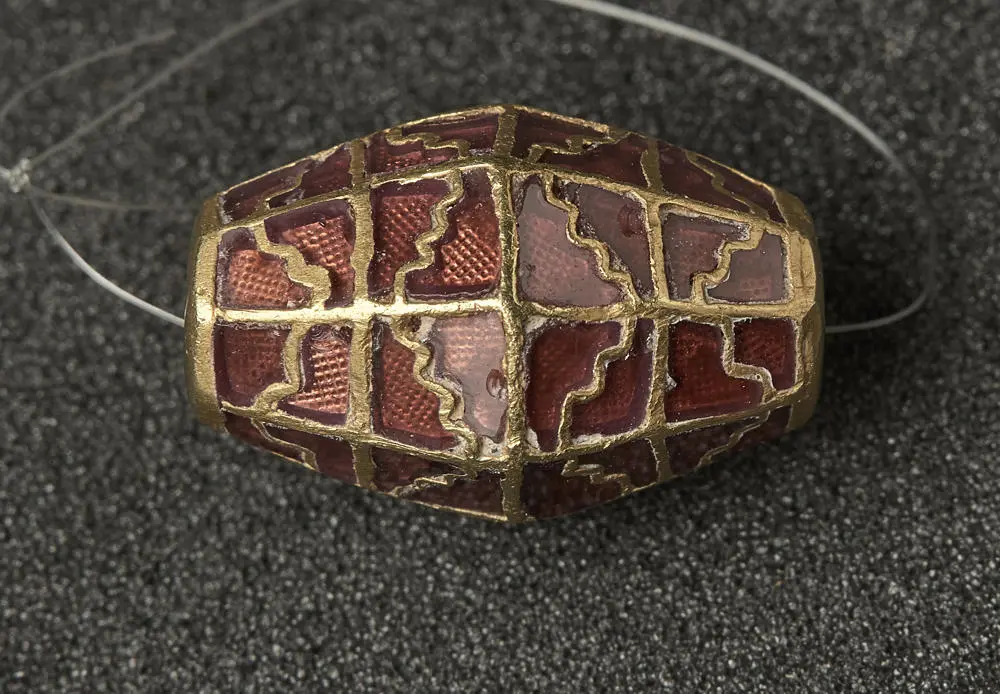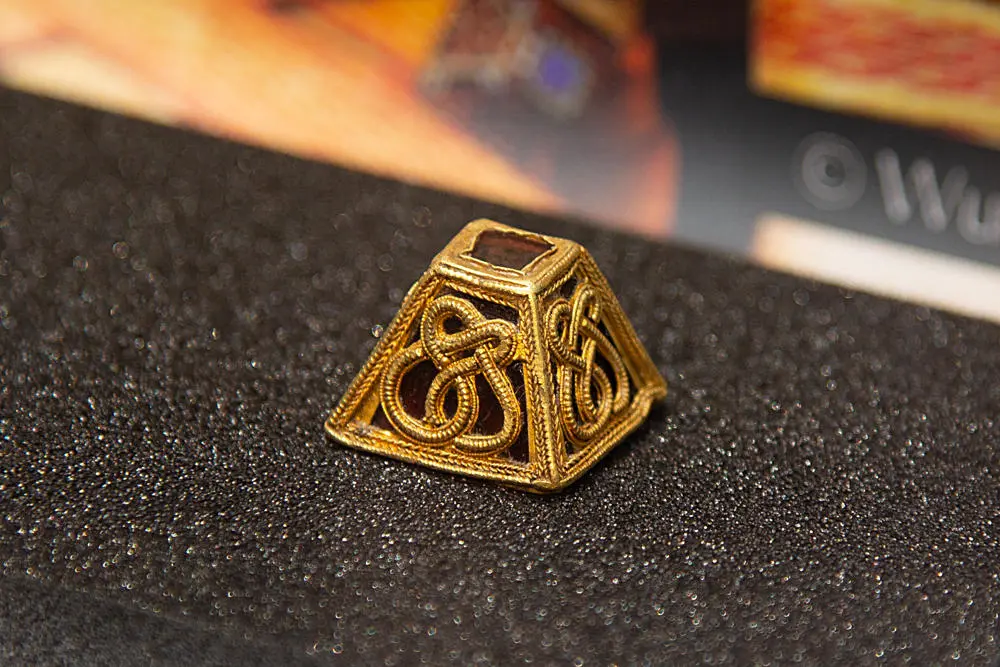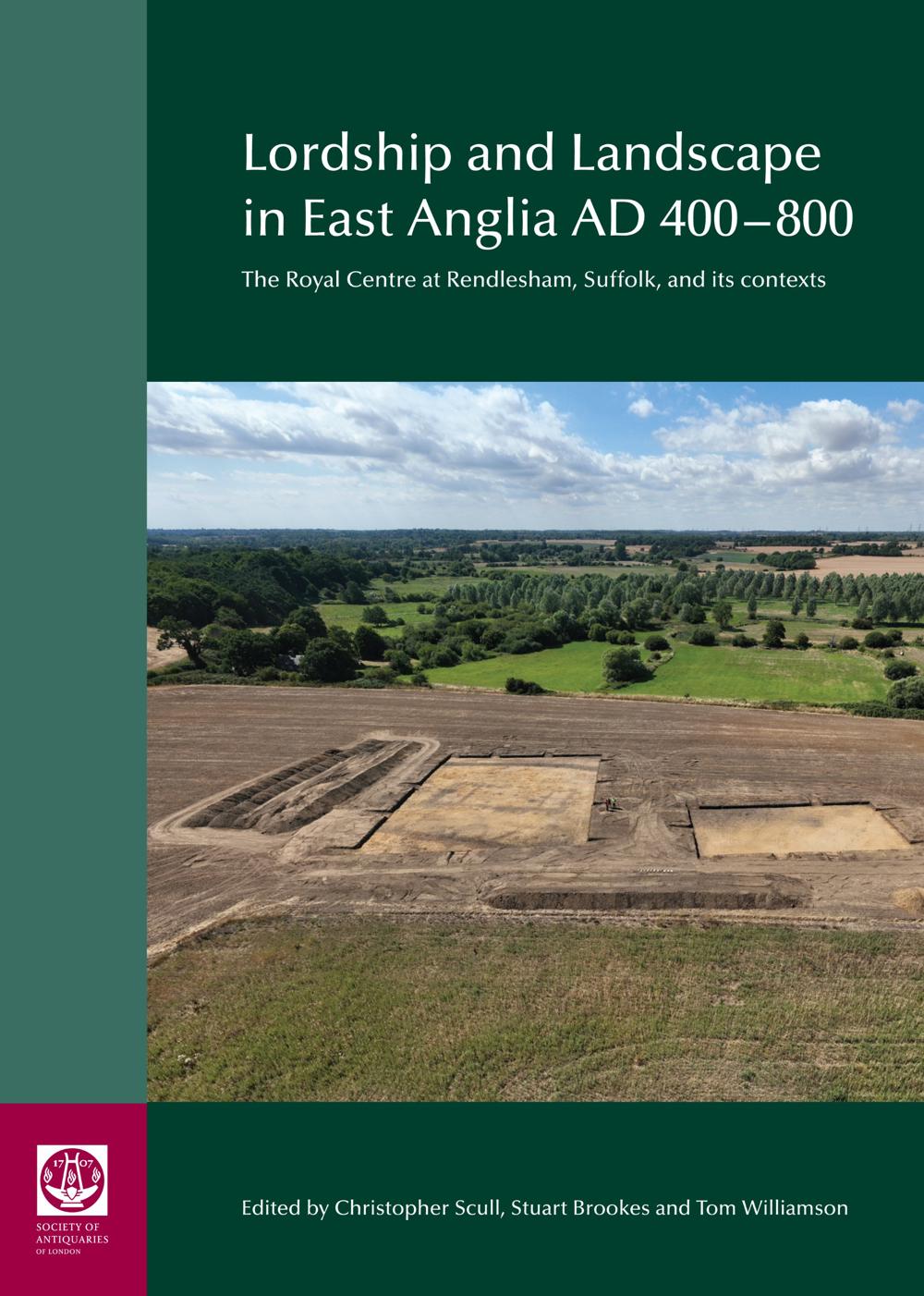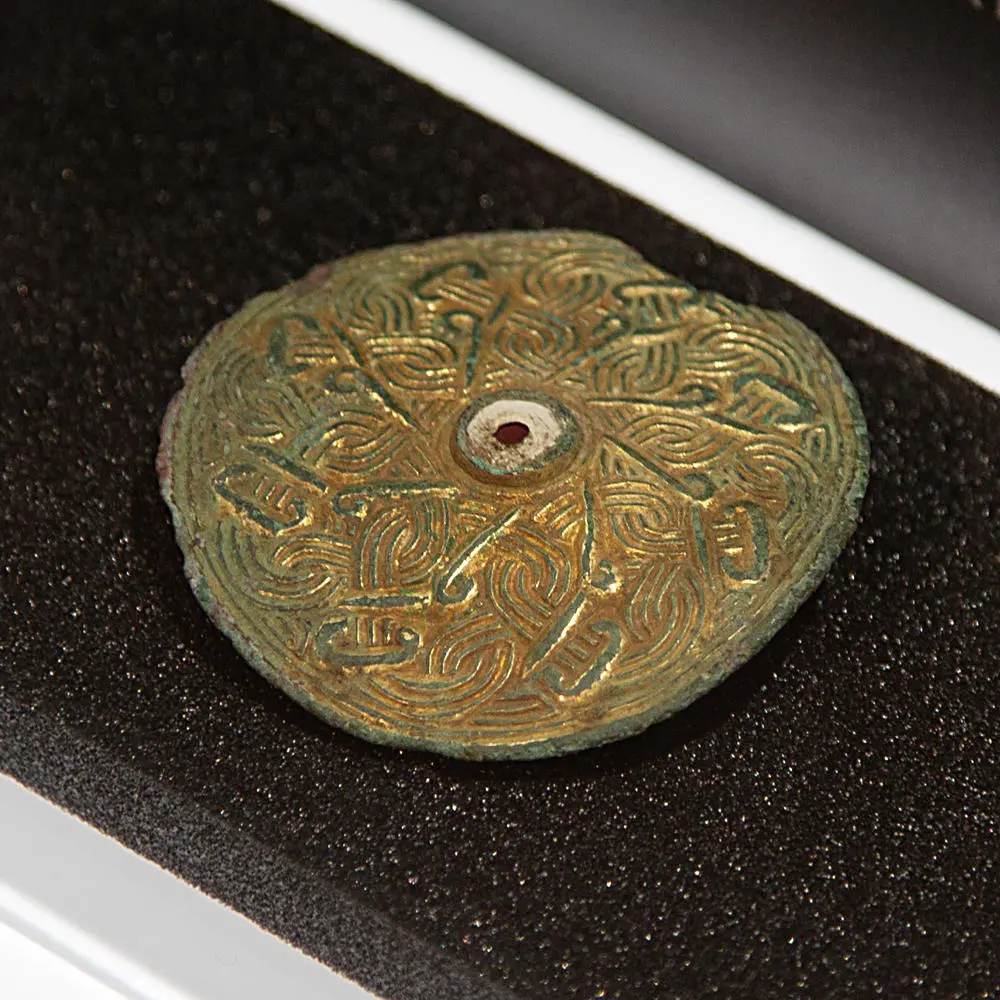Professor Christopher Scull, Cardiff University and UCL Institute of Archaeology, who led the research project, said:
“Since its discovery on the eve of the Second World War, the royal burial ground at Sutton Hoo has stood alone as an enigmatic memorial to the East Anglian kings of the seventh century.
“But our ground-breaking research involving Rendlesham has not only identified the places where these kings lived, and from which they ruled, but also how their ancestors fought to establish a kingdom after the collapse of the Roman world.
“These societies were more sophisticated, and more widely connected, than we previously thought. We are able to show how local leaders from what is now south-east Suffolk established a wider rule over what is now Norfolk and Suffolk, and how they ruled their kingdom through royal centres such as Rendlesham. We also believe that the legacy of Roman rule helped shape the geography of the early East Anglian kingdom.”
Following these significant discoveries, the journey continued with SCCAS conducting a separate phase of archaeological fieldwork as part of the Rendlesham Revealed project funded by The National Lottery Heritage Fund, involving local communities to undertake further excavations that have uncovered additional evidence of the royal settlement, including a great hall and possible temple.




